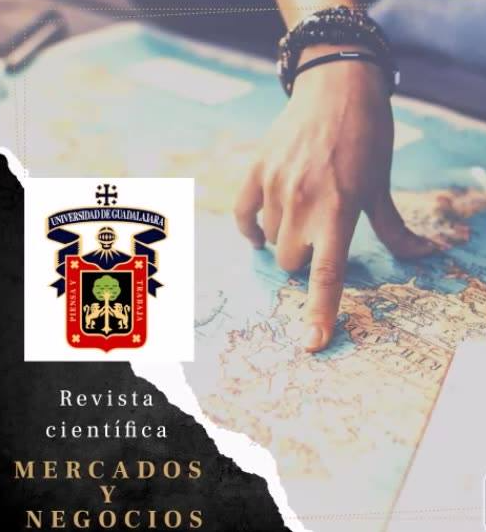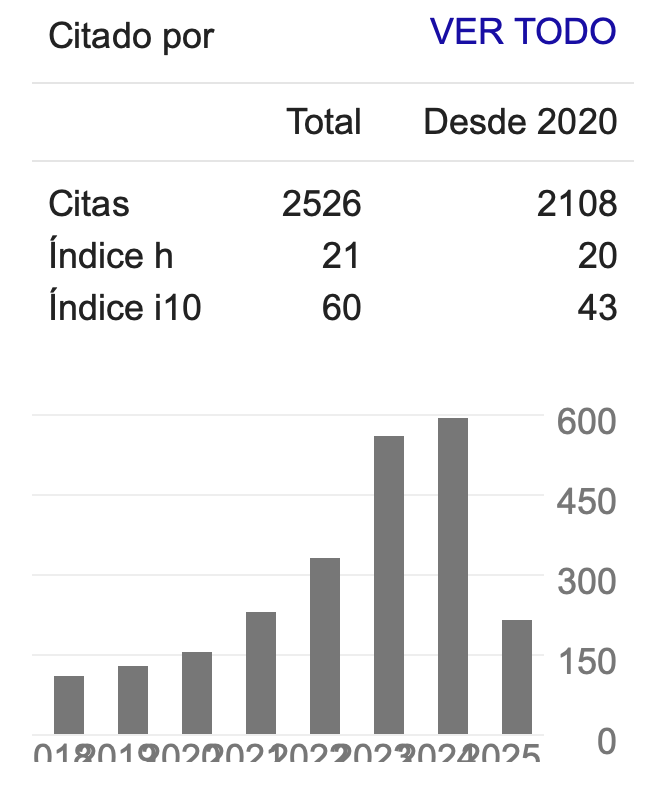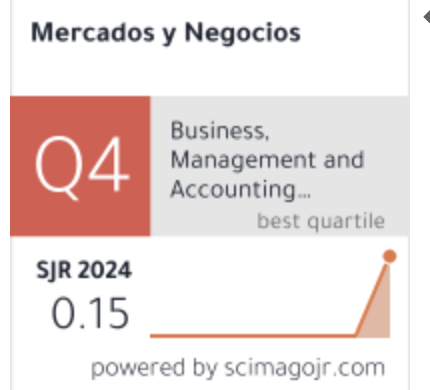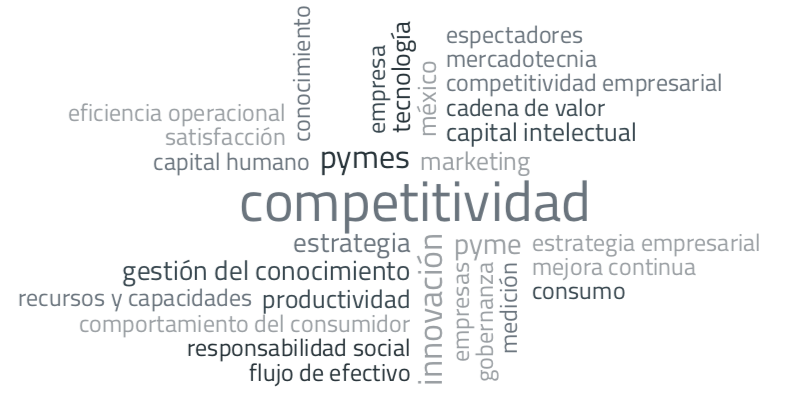Omnichannel Marketing Model Applied at the Shopping Centers in Medellín City
DOI:
https://doi.org/10.32870/myn.vi46.7662Keywords:
Omnichannel marketing; omniclient; consumer journey; shopping centers; retail; online; offline.Abstract
The main objective of this research is to form an omnichannel marketing model applied at the shopping centers in Medellín city. For this, a qualitative methodology was applied. Two (2) focus groups with shopping center customers, two (2) in-depth interviews with experts in Omnichannel, Sandiego Shopping Center case study, and a theoretical review were carried out to obtain the fundamental components of the omnichannel marketing model applied to this category. The model is proposed in a circular structure, made up of orbits that revolve around the Omni-client. The model is made up of the consumer's journey, from 5A; the levels of transparency, coherence, and fluidity based on: (+) Greater consistency = (+) Greater loyalty; and the levels of online and offline interaction, which are transversal in the entire proposal of the model.References
Acquila, N. (2019). Análisis de las variables de influencia en la preferencia de uso de canal por parte de los consumidores españoles en entornos de múltiples canales. Doctoral dissertation, Universidad Politécnica de Madrid. DOI:10.28068/UPM.thesis.55041
Castro, F., Sossa, Z., Solleiro, J., Montes, J., Vargas, E., Palacio, J., & Hoyos, C. (2018). Propuesta de modelo de gestión de innovación para una empresa de ventas al consumidor final. Revista lasallista de investigación, 15(1), 75-89.
Dheenadhayalan, V. (2021). Impact of E-Commerce on the Changes in Consumer’s Buying Behaviour in Malappuram District. Annals of the Romanian Society for Cell Biology, 3441-3452.
Frasquet, M., Mollá, D., & Ruiz, M. (2012). Factores determinantes y consecuencias de la adopción del comercio electrónico B2C: una comparativa internacional 1. Estudios Gerenciales, 103-104. DOI:10.1016/S0123-5923(12)70207-3
Gao, W., Li, W., Fan, H., & Jia, X. (2021). How customer experience incongruence affects omnichannel customer retention: The moderating role of channel characteristics. Journal of Retailing and Customer Experience, 60(2).
Holden, M., Salinas, L., & Zhang, J. (2021). Influential Article Review-Objective or Interrelated Strategies: Inbound Marketing vs. Outbound Marketing. Journal of Marketing Development & Competitiveness, 15(4).
Kotler , P., Kartajaya, H., & Setiawan, I. (2021). Marketing 5.0 Technology for Humanity. New Jersey: Wiley.
Kunc, J., Križan, F., Novotná, M., & Bilková, K. (2022). Social Dimension of Shopping Centers Operation: Managerial Perspectives. Sustainability, 14(2), 709.
Kotler, P., Kartajaya, H., & Setiawan, I. (2019). Marketing 4.0 Transforma tu estrategia para atraer al consumidor digital. New Jersey: Wiley.
Kotler, P., Setiawan, I., & Kartajaya, H. (2010). Marketing 3.0: From products to customers to the human spirit. New Jersey: Wiley.
Mall & Retail. (2019). Top of mind centros comerciales. Mall & Retail.
Moriuchi, E. (2021). Cross-Cultural Social Media Marketing: Bridging Across Cultural Differences. Emerald Group Publishing.
Mosquera, A., Olarte, C., & Ayensa, J. (2017). Understanding the customer experience in the age of omni-channel shopping. ICONO 14, 5-7. DOI: 10.7195/ri14.v15i2.1070
Norbert, B., & Rygl, D. (2015). Categorization of multiple channel retailing in Multi-, Cross-, and Omni‐Channel Retailing for retailers and retailing. Journal of Retailing and Consumer Services, (27), 170-178.
Quintana, P. A. (2006). Metodología de investigación científica cualitativa. In Quintana, A. & Montgomery, W. (Eds.), Psicología: Tópicos de actualidad. Lima: UNMSM.
Rey, M., Lirola, E., & Mato, V. (2017). La transformación digital de la distribución comercial: la tienda física, de caja brick and mortar a nodo omnicanal. In Trespalacios Gutiérrez, J. A., Vázquez Casielles, R., Estrada Alonso, E., & González Mieres, C. Marketing insights: la respuesta del comercio a las tendencias del comportamiento social del consumidor. KRK: Oviedo.
Sanabria, E. (2010). Descripción general del modelo de comportamiento del consumidor de Engel–Blackwell–Miniard. Revista Habitus: Semilleros de investigación, (2), 11-16
Siebert, A., Gopaldas, A., Lindridge, A., & Simoes, C. (2020). Customer experience journeys: Loyalty loops versus involvement spirals. Journal of Marketing, 84(4), 45-66.
Taylor, S., & Bogdan, R. (1987). Introducción a los métodos cualitativos de investigación, Barcelona: Paidós.
Weinberg, B., Parise, S., & Guinan, P. (2007). Multichannel marketing: Mindset and program development. Business Horizons, 50(5), 385-394.
Zulauf, K., Cechella, F. S., & Wagner, R. (2021). The bidirectionality of buying behavior and risk perception: an exploratory study. The International Review of Retail, Distribution and Consumer Research, 31(5), 566-590.
Published
How to Cite
Issue
Section
License
Copyright (c) 2022 María Isabel Rodríguez Salazar

This work is licensed under a Creative Commons Attribution-NonCommercial 4.0 International License.
Mercados y Negocios by Department of Mercadotecnia y Negocios Internacionales. University of Guadalajara is licensed under a License Creative Commons Attribution-NonCommercial 4.0 International.
The author retains the copyright.








